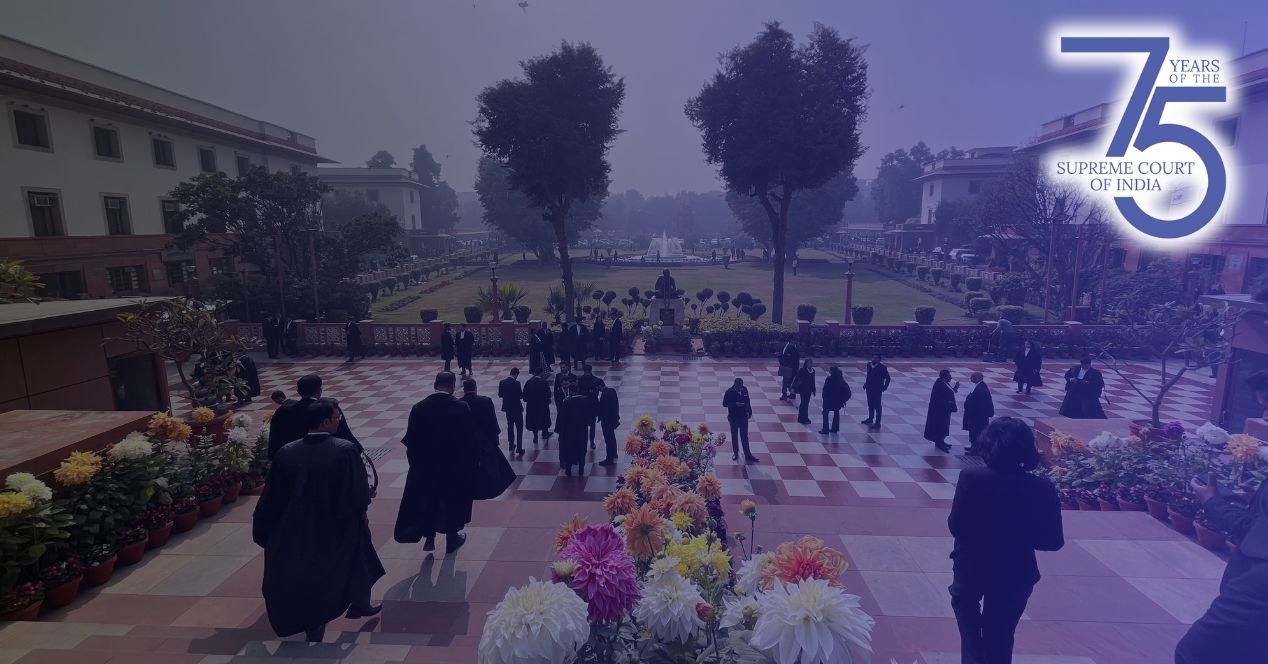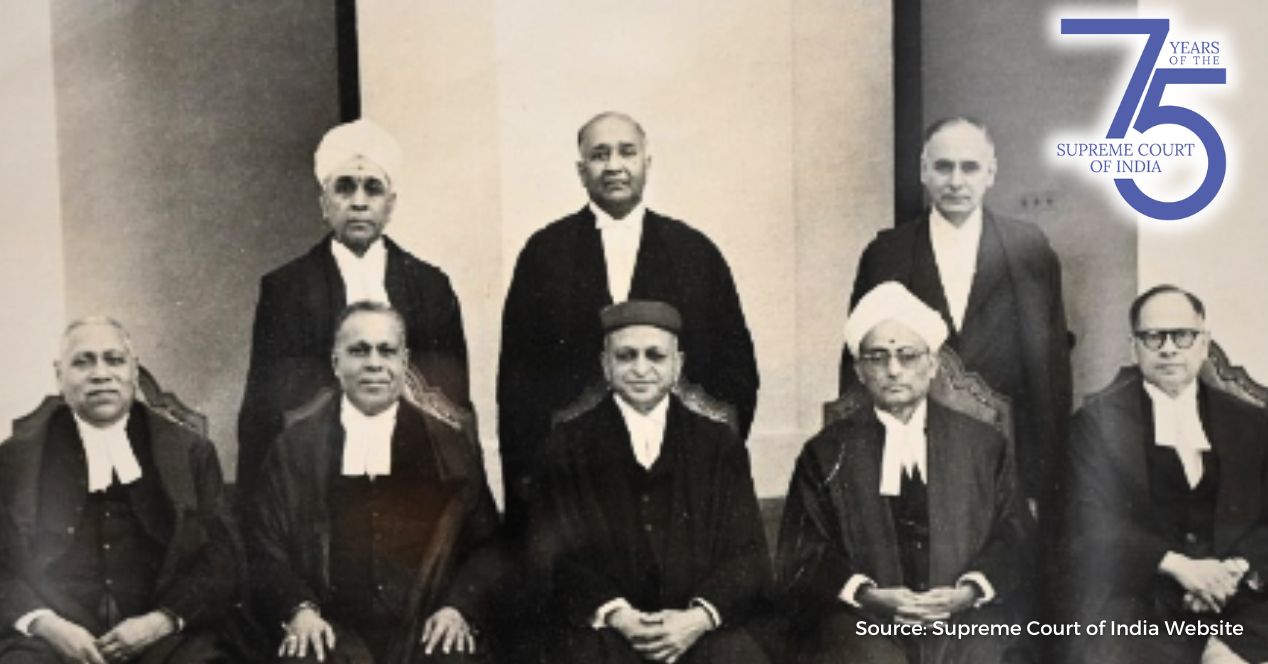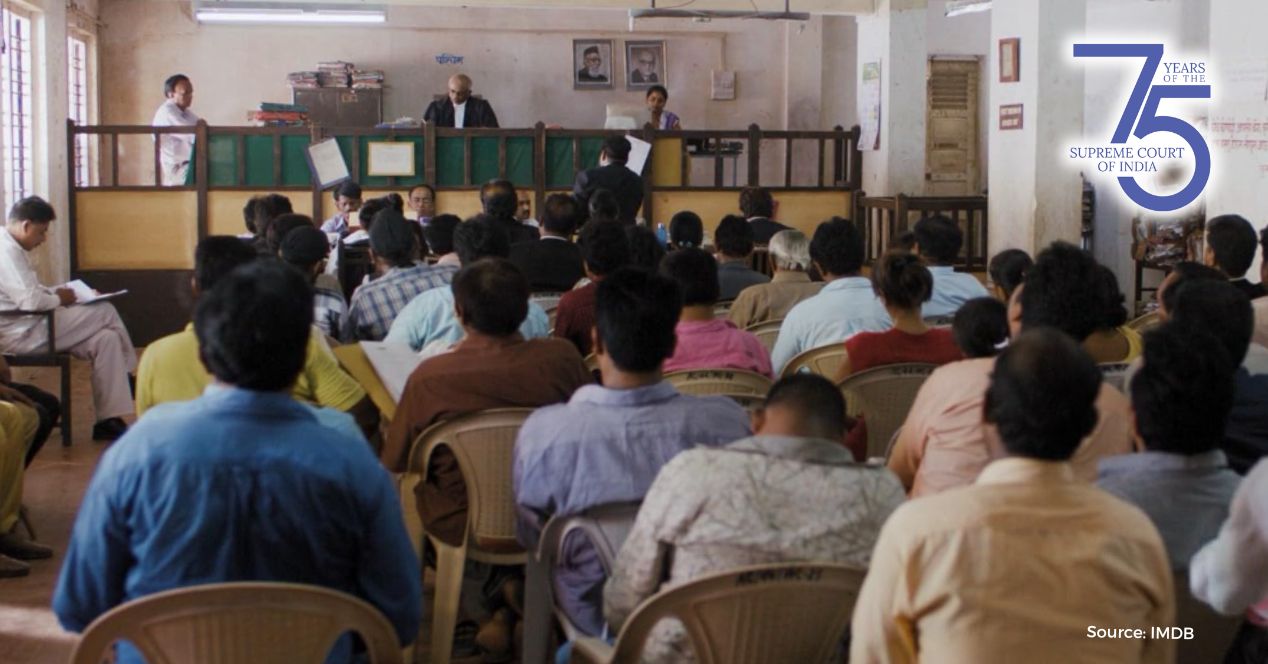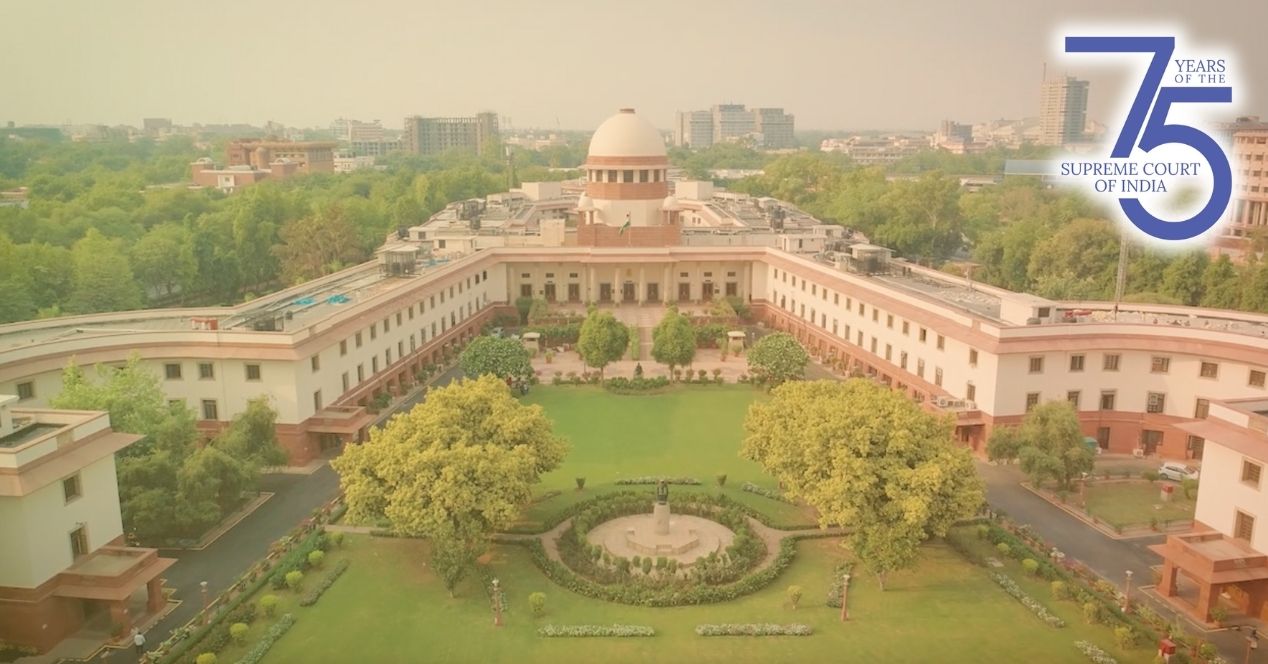Analysis
The Supreme Court at 75: Stories new and old
This Independence Day weekend, dip into a series tracing the embattled origins, testy adolescence and fraught adulthood of the top court
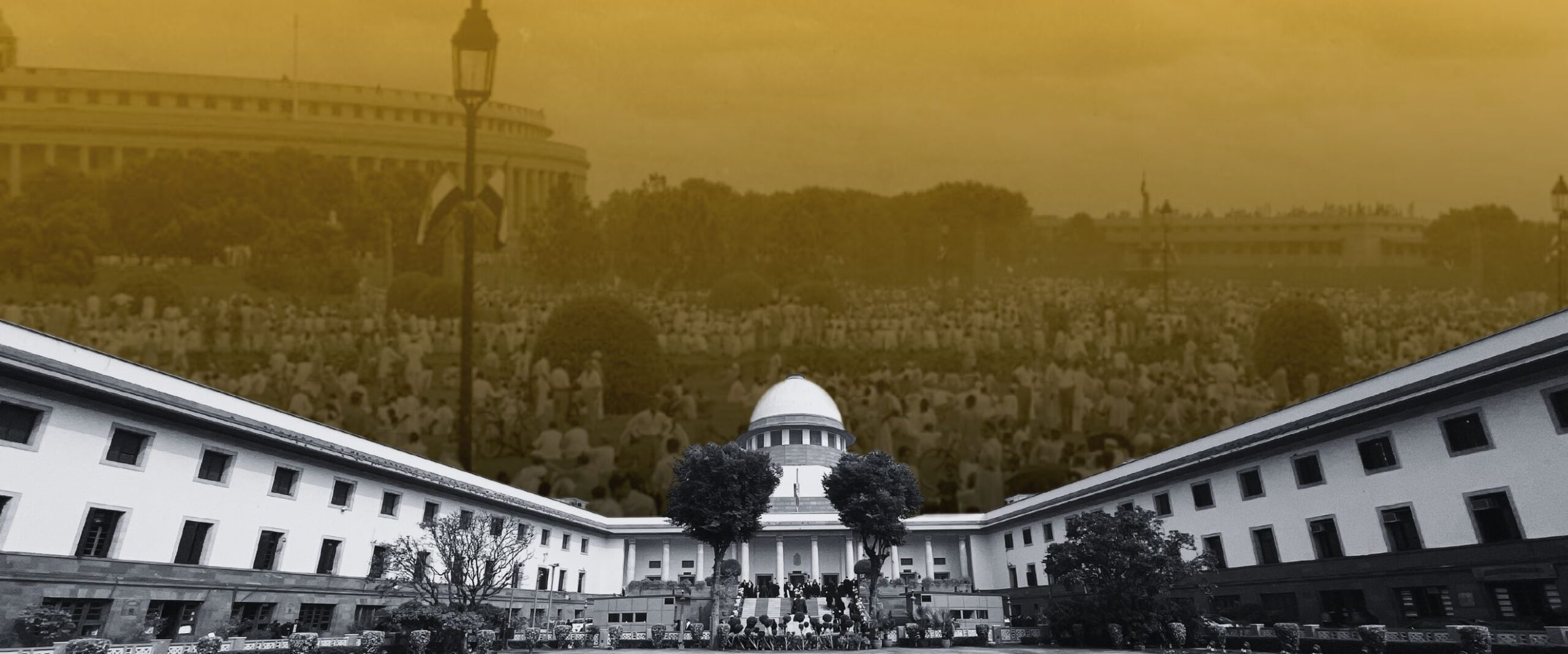
Seventy-seven years ago, on the eve of India’s independence, Jawaharlal Nehru’s voice rang loud and clear in the Constituent Assembly. The thumping applause of the members provided the percussion. As the new country stepped into “life and freedom”, he asked: “Are we brave enough and wise enough to grasp this opportunity and accept the challenge of the future?”
In our everyday work, we watch these opportunities and challenges unfurl through the prism of an institution which didn’t exist at the time of Nehru’s iconic utterance. The new beginning would come two-and-half years after India gained independence, on 28 January 1950, when the Supreme Court would begin its work.
This year, to commemorate 75 years of the top court, we launched a special series to examine the institution and its workings, to see how it has fared in dealing with the pressing concerns of the young nation. Has it been brave enough? Has it been wise enough?
We began by sharing the words of the first Chief Justice of India, delivered at the inaugural sitting. Nehru and Chief Justice Harilal J. Kania had their share of differences, but both had a keen eye on the future. On that occasion, Kania pledged that “the Supreme Court will declare and interpret the law of the land” but not in a “spirit for formal and barren legalism.”
Rahela Khorakiwala, a scholar of architecture, looked at how the values and principles at the Court’s envisioning were embedded in its building. Her article took us through many such instances, including the elevated position of the Court building and its shape as a balancing scale, to indicate that it had no leaning “either to the right or to the left.”
In her story on how courts are portrayed in films, film writer Anna M.M. Vetticad traced how only a handful of Indian films have challenged the idea of the court as an infallible arbiter of justice. Her article reflects how the everyday work of the courts has less to do with bluster and heroism, and more to do with managing—and falling short—of the expectations of the citizenry.
Arudra Burra’s piece, first published in Seminar magazine, was a refreshing look at Romesh Thapar v State of Madras, one of the Court’s earliest decisions from 1950. By undertaking a deep study of the consequences of a judgement that was hailed for upholding the freedom of speech, Burra cautioned us about “constitutional progressivism” obscuring the real-world implications of the Court’s pronouncements.
There is an echo of that same theme in a piece we put out earlier this week: Gulnar A. Mistry’s overview of the jurisprudence of locus standi in the context of Public Interest Litigation. In the late 1970s, a crusading court, alarmed by the lack of progress made on the social justice front in three decades of independence, had created the PIL framework to ensure that the voices of marginalised individuals and groups are heard in the higher courts. A half-century on, Mistry looks at the state-of-play and asks whether it has done more harm than good.
Continuing our fascination with the early years, SCO’s Sai Spandana has written an introduction to the first eight judges of the Supreme Court. While this group of the ‘original eight’ appears to be cut from the same cloth of London degrees and feudal backgrounds, a closer look reveals a motley crew representing different regions, political sympathies and areas of expertise. At the time, the men were part of a rarefied group of institutions and nation-builders, who had a clear-eyed view of the enormous task ahead of them.
Bravery and wisdom were the two qualities that Nehru deemed necessary for the nation’s people to “build the noble mansion of free India where all her children may dwell.” Casting a critical eye on the institutions that are custodians of that dream is an important aspect of building and mending. We at the Supreme Court Observer will continue to document the work of the third pillar of democracy, as it strives to protect constitutional values and the rule of law. Stay tuned, and do engage with our special series!

